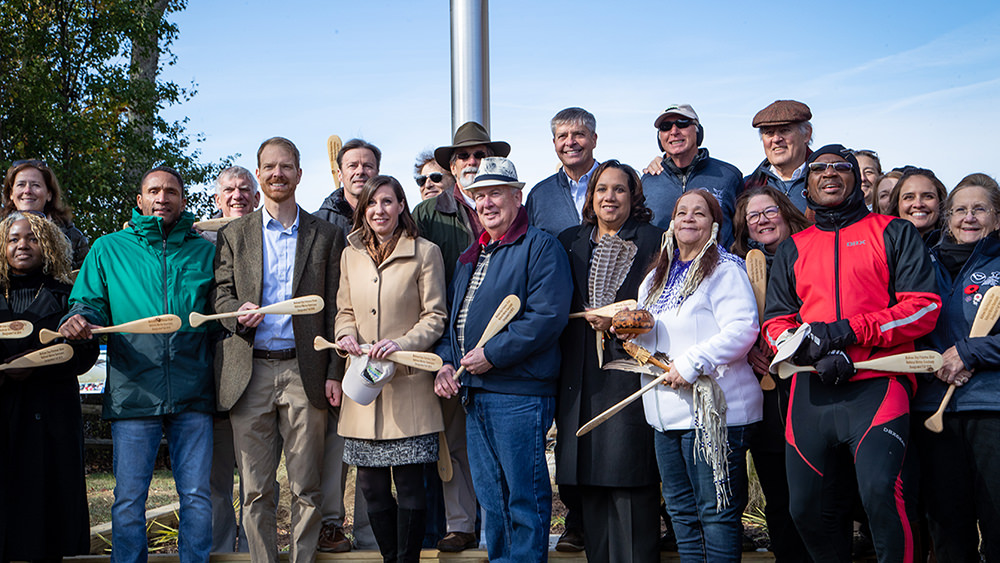Community celebrates new Mallows Bay-Potomac River National Marine Sanctuary
November 2019
Five years after the state of Maryland nominated Mallows Bay in the Potomac River for consideration as a national marine sanctuary, the Mallows Bay community – near and far – came together on November 9 to celebrate the nation’s newest national marine sanctuary.
On September 3, NOAA made history by designating Mallows Bay-Potomac River National Marine Sanctuary, the first national marine sanctuary in almost two decades. The sanctuary protects the remnants of 118 World War I-era wooden steamships, collectively known as the Ghost Fleet. Although the ships never saw action during the war, their construction at more than 40 shipyards in 17 states reflected the massive national wartime effort.
The new sanctuary also protects heritage sites of the Piscataway-Conoy and other Indigenous peoples, as well as remains of historical fishing operations and Revolutionary and Civil War battlescapes.
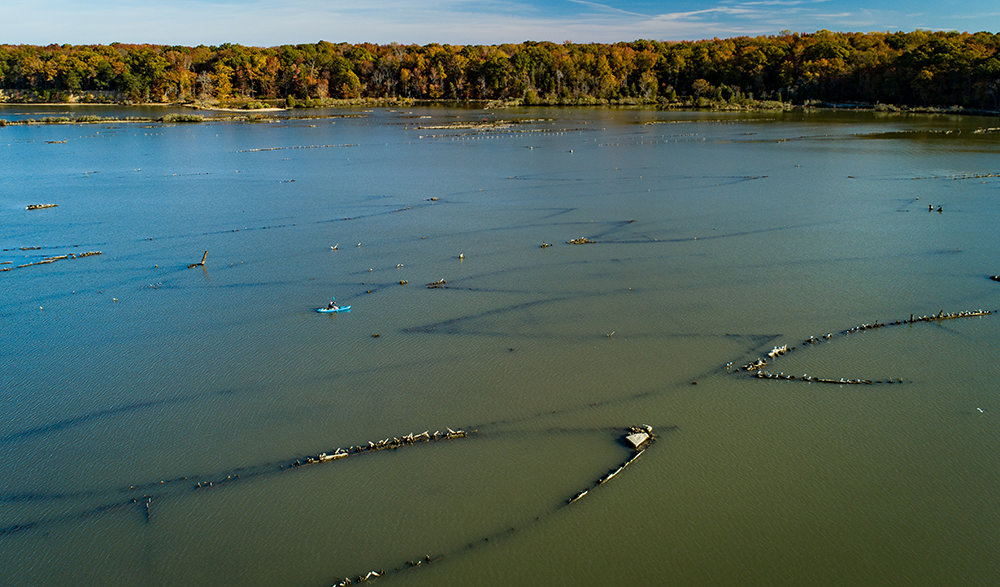
Mallows Bay-Potomac River is the first site designated under the new Sanctuary Nomination Process, which invites communities across the nation to nominate their most treasured places for consideration as national marine sanctuaries. The celebration brought together many of the communities and organizations who nominated the site.
“The dedication ceremony's crowds and participants reflected not only the enormous support for the new sanctuary, but the growing excitement about the tremendous recreational, educational and economic opportunities still to come from the designation,” says Charlie Stek, the community lead for the sanctuary nomination.
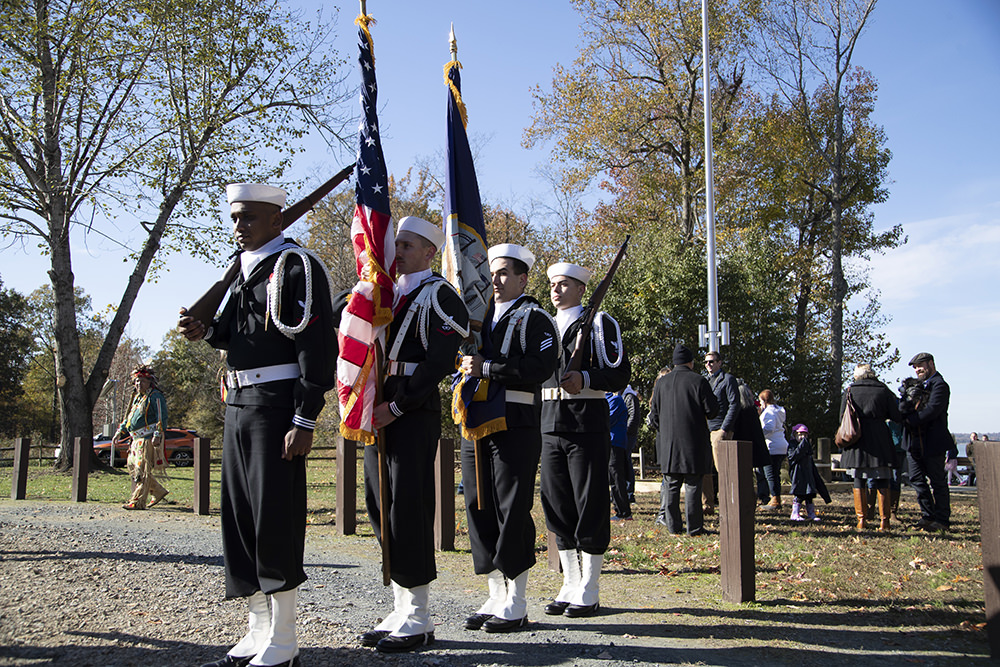
A community sanctuary
The celebration began with a welcome from Sammy Orlando, the Chesapeake Bay regional coordinator for NOAA’s Office of National Marine Sanctuaries, and a tribal blessing from the Piscataway Conoy Tribe, the original stewards of Mallows Bay.
“While Mallows Bay-Potomac River National Marine Sanctuary bears the NOAA logo, that we proudly share alongside logos of our joint managers from the state and county,” said Orlando, “it is unquestionably the product of literally hundreds of community champions, government partners and elected officials.”
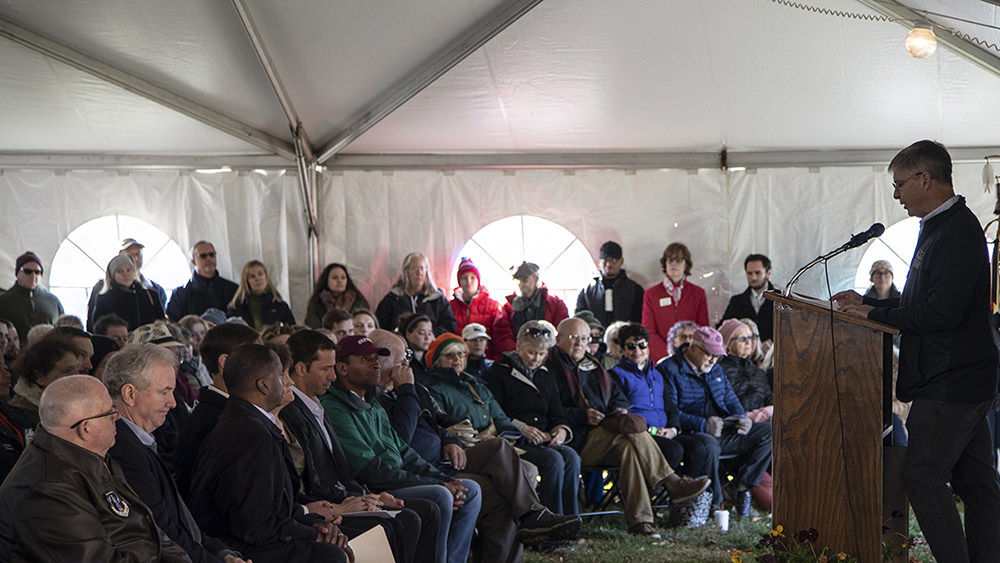
Celebrants also heard remarks from Don Shomette, historian and author of The Ghost Fleet of Mallows Bay, Maryland Governor Lawrence Hogan, Senator Chris Van Hollen, Charles County Board of Commissioners President Reuben Collins, and Council on Environmental Quality Chair Mary Neumayr. Acting NOAA Administrator Dr. Neil Jacobs and Deputy NOAA Administrator Rear Admiral Tim Gallaudet dedicated the sanctuary flagpole.
“Mallows Bay-Potomac River National Marine Sanctuary is the start of the next chapter for Charles County and the state of Maryland,” said Jacobs. “It is a driver for multi-use conservation areas that will honor our nation’s past and our role in history, and preserve our shared heritage.”
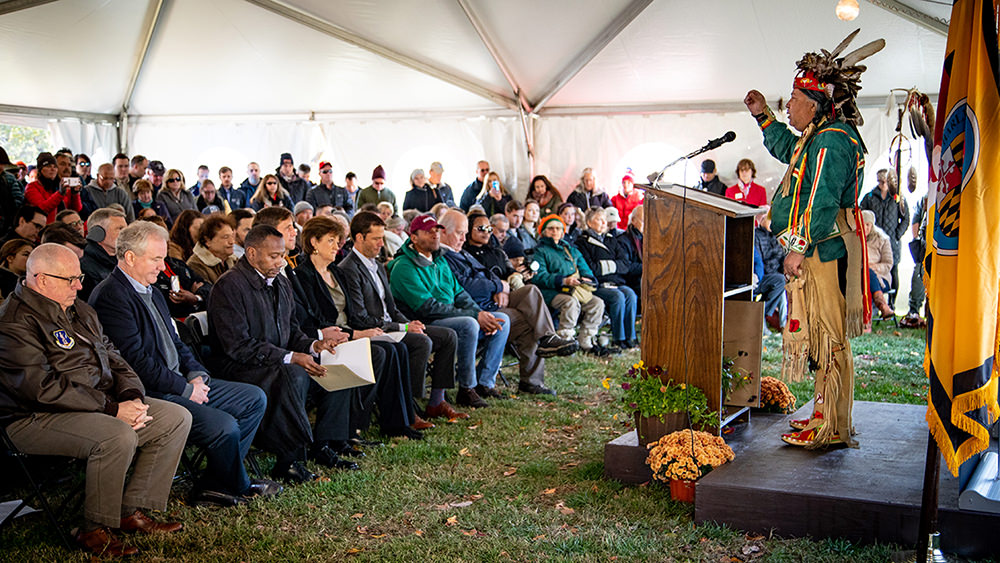
A living museum
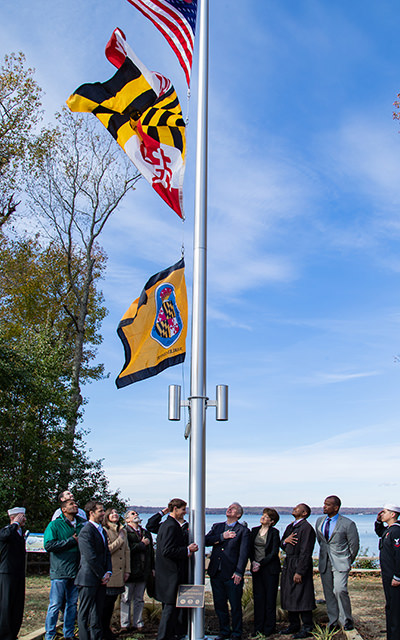
As a national marine sanctuary, Mallows Bay-Potomac River is open to the public for recreation and tourism. It is an especially popular area for kayakers – many of the wrecks can be approached and seen by boat – and anglers. With that in mind, the celebration provided ample opportunities for community members to get to know their new sanctuary.
Those who wanted to get a closer look at the Ghost Fleet joined REI for a kayak tour. In addition to serving as reminders of our nation’s maritime history, the shipwrecks now serve as habitat for ospreys, bald eagles, and more. For those community members who prefered to stay dry, Maryland Audubon Society provided a nature walk along the shoreline, while historian Don Shomette and Susan Langley of Maryland Historical Trust engaged visitors with stories of history and heritage of the area.
More than 20 organizations joined us to celebrate, including the Institute of Maritime History, Chesapeake Conservancy, the Maritime Archaeological and Historical Society, Diving with a Purpose, and the National Marine Sanctuary Foundation. Carol Olsen and Capt. Lee Black of the Lake Pontchartrain Basin Maritime Museum in Louisiana also joined the celebration on behalf of the Louisiana shipyard workers who built SS Bayou Teche, one of the shipwrecks now protected by the sanctuary. “We are proud to attend this important event that underscores the work of all shipyard workers across the country for the WWI effort,” said Olsen.
The designation of Mallows Bay-Potomac River National Marine Sanctuary was a community effort, bringing together diverse groups across Maryland and Charles County. We at NOAA’s Office of National Marine Sanctuaries are grateful for all the community members who gathered together to celebrate this new protected area.
